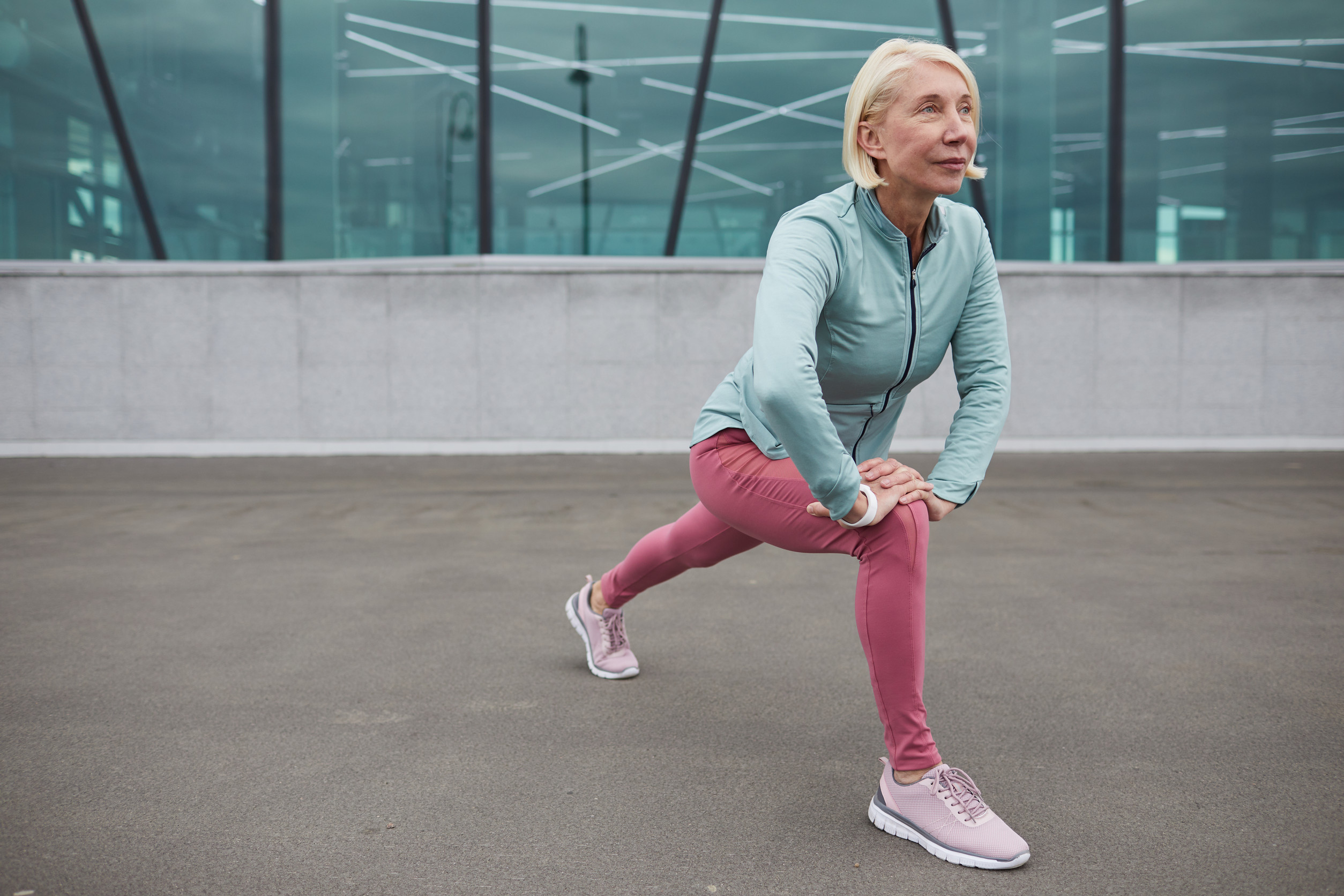Image Credit: seventyfour74/123rf.com
A recent focus on hip health has highlighted the importance of this crucial joint in maintaining overall physical stability and mobility. Hips serve as a vital connection point between the upper and lower body, playing a significant role in movement, alignment, and stability. Weakness in the hip area can lead to increased strain on the lower back and knees, often resulting in pain or injury.
The hip joint, a ball-and-socket type, is designed for stability and a wide range of motion. Its structure allows for movement in multiple directions, which is essential for daily activities such as walking, running, and climbing stairs. However, many individuals struggle with hip weakness due to modern sedentary lifestyles characterized by prolonged sitting. This inactivity can overstretch glute muscles and shorten hip flexors, leading to diminished strength and mobility.
Signs of hip weakness are not always directly linked to hip pain. Issues may manifest in the knees or lower back, often indicated by certain movement patterns. For instance, knees that dive inward during squats, or a foot crossing the midline while running, may suggest glute weakness. Persistent tightness or discomfort in the hips can also signal the need for strengthening rather than additional stretching.
Fortunately, strengthening the hips does not require complex routines. Targeted exercises such as banded clamshells, monster walks, and standing fire hydrants can activate supporting muscles. Once these smaller muscles are engaged, functional strength can be built through movements like split squats, deadlifts, lunges in various directions, step-ups, and hip thrusts. It is advisable to incorporate exercises that engage the hips from different angles for maximum effectiveness.
Quality of movement is crucial when training the hips, with an emphasis on progressive overload to challenge the muscles adequately. It is recommended to prioritize heavier lifts at the beginning of workouts and to include stability exercises later. Consistency is key; individuals may begin to notice improvements in strength and mobility within eight to twelve weeks of dedicated hip training.
With the right approach, strengthening the hips can lead to enhanced movement, reduced discomfort, and a lower risk of injury, ultimately contributing to a stronger and more balanced body.
Check out the original article here: Source link



